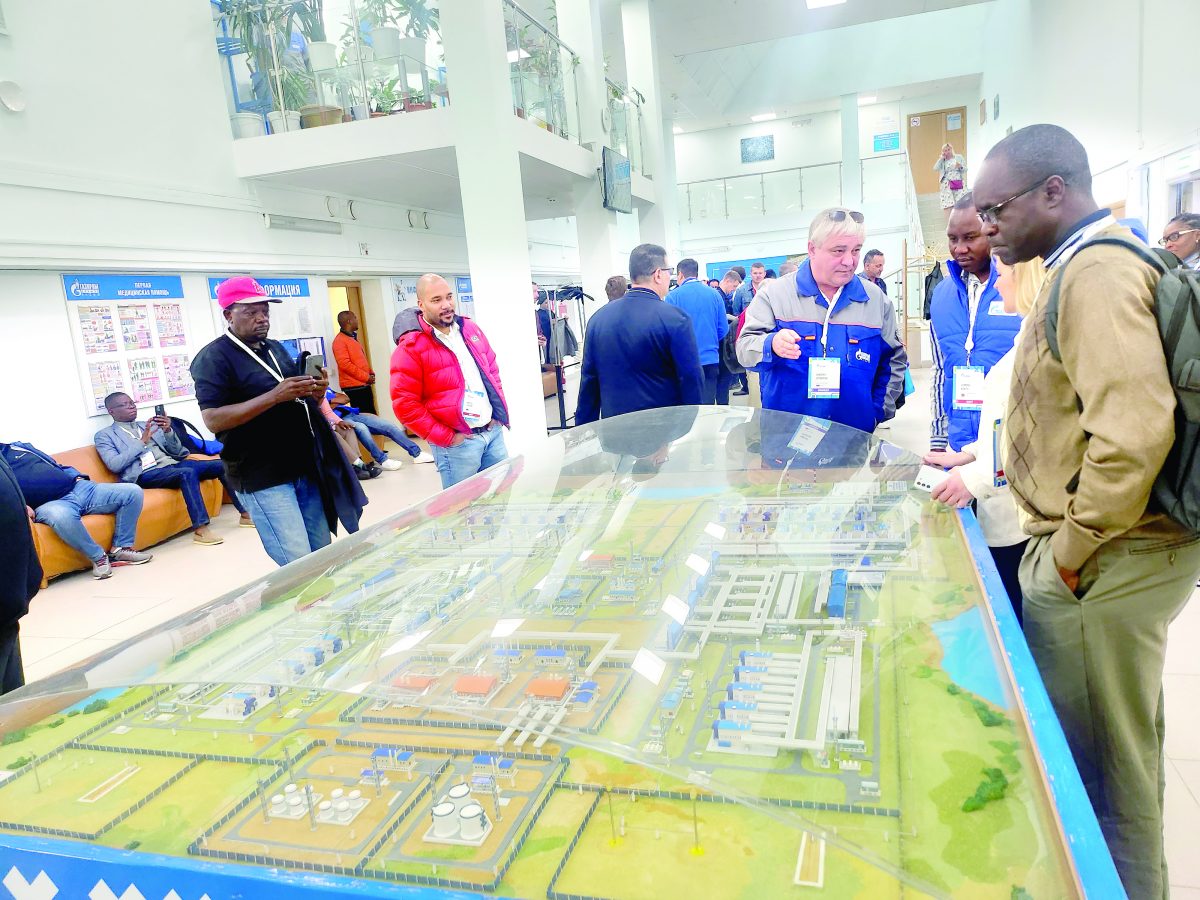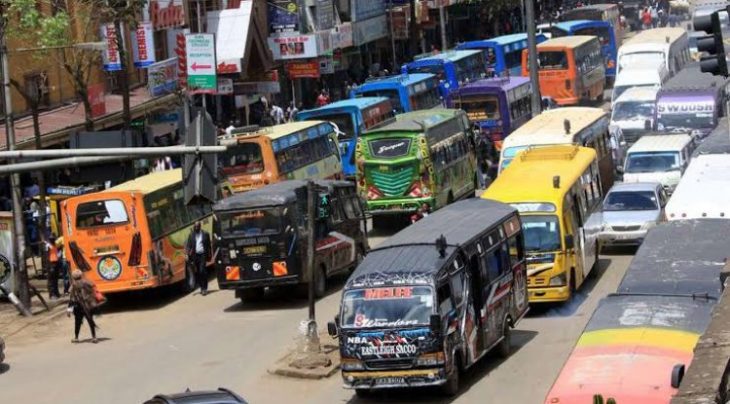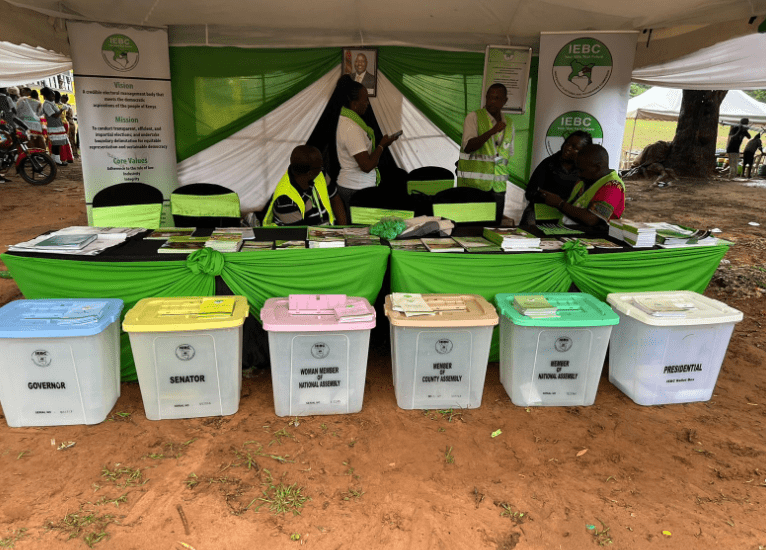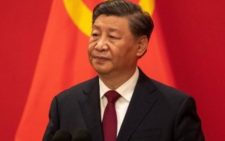Natural gas has potential to bring down charges of power generation

Kenya has the potential of striking modest amounts of natural gas in the Lamu Basin in the coastal region and Anza Basin in northern Kenya. For the deposits to be explored, however, private firms must be licensed by the Ministry of Energy and Petroleum to undertake exploration activities in the designated blocks.
Sources indicate that Africa Oil Corporation, a Canadian oil and gas exploration company, discovered substantial gas deposits while drilling Sala-I well in Block 9 in 2014. The block is in the northern part of Kenya. The find notwithstanding, there is still room for further exploration which is likely to yield commercially viable natural gas.
A document seen by People Daily titled “The Least Cost Power Development Plan (2017-2037)”, forecasts the increased role of gas in power generation in Kenya from the current zero to 7.6 per cent by 2037.
Until this potential is exploited, Kenya has to continue relying on the steam from its geothermal plants, mostly in Olkaria, to produce geothermal power for domestic and industrial use.
Tanzania tops
Data indicates that geothermal accounts for about 33 per cent of Kenya’s electricity production, which is higher than hydro (28 per cent), wind (16 per cent), thermal (13 per cent) and solar at only three per cent. In addition, the country imports seven per cent to satisfy its electricity needs. That means, not even one megawatt of power is generated from natural gas. As such, there is room to explore this source of energy the same way other countries in Africa like Tanzania have done. Today, Tanzania is one of the top ten gas producers in Africa and is set to start exporting to Kenya in the foreseeable future.
At present, the total geothermal output in the country stands at 950MW. Of these, 799MW is produced by the Kenya Electricity Generating Company (KenGen), and the remaining 150MW by independent power producers. By contrast, one plant in Russia, such as the Izmeron factory, which is part of the Bronka Group Holding, produces 360MW, just less than half of KenGen’s total geothermal capacity. That one plant alone is bigger than any power plant or field in Kenya, yet it occupies a small fragment of real estate that is basically a system of pipes and turbines that turn natural gas into electricity.
Coal potential
Whereas KenGen has to drill approximately 3,000 meters into the earth’s sub-surface to extract steam that turns the turbines to generate power, in Russia, gas deposits are about 1,700 meters below the surface, meaning Gazprom rigs only need to drill half the distance to reach reservoirs.
Notably, natural gas accounts for 43 percent of power production in Russia.
If policymakers in African countries, particularly Kenya, are looking for that light bulb moment to transform their energy sector, this is the time to evaluate and learn from Russian companies like Gazprom, which has already expressed interest in working with various African governments to harness their gas and coal potential. Kenya could soon join the ranks of these countries if recent trends in African countries are anything to go by.
Kenya has been engaged in exploration of geothermal power since 1952 but it was not until 1981 that it made the milestone achievement of installing the first geothermal unit at Olkaria I, after 29 years of experimenting. Even then, it would only do a maximum of 45MW. It was until the Kibaki administration in 2003 commissioned the first 35MW of Olkaria II.
This notwithstanding, the country continued to experience power rationing, largely because the main source of electricity was hydropower. That meant every time there was drought, there would be power shortages – and resultant blackouts.
These disrupted industrial production in addition to destroying food in people’s homes every time refrigerators went without power for days on end. Now, however, thanks to geothermal, the problem of power rationing has become a thing of the past and the discussion now has focused shifted to cost.
Drop in ocean
This is an important point to note because gas has the potential to significantly reduce the cost of power generation, especially if left in the hands of parastatals like KenGen, which is what Russia has done with Gazprom (More details on this in your People Daily tomorrow).
Like Russia’s, Kenya’s electricity story is interesting and needs a little revisiting for context. By 1933, the country was producing a meagre 6.4 Megawatts of power; four from Tana, two from Ndula and 0.4MW from Mesco hydropower plants. By 1957, this capacity had grown threefold to 21.7 Megawatts, partly because production had gone up at Tana, and additional production started in Wanji (7.4MW) Sagana (1.5MW), and Gogo (2MW). This, however, was less than a drop in the ocean given that the country’s population had grown, and the system of government had become more complex, requiring investments in energy to keep the bureaucracy running.
By 1978, one new dam – Kindaruma – was producing more power than all sources before independence combined. By the time of the Jomo Kenyatta succession, the country was producing 279 Megawatts, the bulk of it – 145 MW – coming from Gitaru alone. Kamburu (94.2 MW) and Kindaruma (40 MW) were second and third respectively, meaning that the earlier dams were overshadowed on the hydro production map.
To his credit, and the controversy around his work in Turkwel notwithstanding, Kenya’s second President, Daniel arap Moi, nearly doubled electricity production from where his predecessor left, thanks to his decision to build the Turkwel Hydroelectric Power Station despite the hue and cry around the viability of the project. It is, however, tragic that Turkwel to this day, still operates way below its capacity due to water scarcity caused by various factors, including diversion for private use.
By the end of President Mwai Kibaki’s first term in office, Kenya was comfortably generating 434.5MW following the commissioning of the Kiambere (144 MW) and Sondu (60MW) power stations. Still, power rationing persisted because, like Kenya’s rain-fed agriculture, its energy sector was weather dependent.
South Africa crisis
In 2008, while President Kibaki was touring the KenGen site in OlKaria, Naivasha, an energy honcho happened to mention to him that geothermal had the potential to address the power shortages that had become an all-too-common occurrence in the country. This had routinely led to the deaths of children in hospital incubators every time supply to key installations was disrupted.
“Why is this not being done?” Kibaki asked his State House Comptroller. “Can a budget be allocated for this?”
If policymakers in the energy sector blinked that year, they missed the turning point that has made the difference between Kenya and South Africa today. Whereas Kenya, a relatively smaller economy compared to South Africa has electricity supply throughout the year, SA has to contend with regular “load shedding” as power rationing is called there. On average, an area can go for up to eight hours a day without power during rationing and residents have to protests in the streets to get reconnected.
“This is reducing our capacity to create jobs and transform our society because industries cannot rely on unstable power and have to keep shutting down,” said a journalist from Johannesburg.
In the first year of the turning point, the government of Kenya allocated money to expand geothermal wells drilling in Olkaria. Seven wells were drilled in 2008 and these increased to 12 the following year. In 2013, when Uhuru Kenyatta was taking over the reins of power, KenGen drilled 35 wells, following this up with 35 in 2014. The golden era ended in 2015 when it drilled a record 37 wells.
Despite the current decline in drilling activities, the entire area from the lower tip of Lake Turkana – in the Barrier and Namarunu fields – all the way to Suswa and Shompole on the shores of Lake Magadi, Kenya’s geothermal potential is lying in waiting for the day the government will unlock the magic that will not only make the country self-sufficient in electricity generation but also a net exporter of power.
Taxation
At present, Kenya still imports power from Uganda and Ethiopia from time to time in addition to relying on thermal power producers who have pushed up the cost of electricity. Although they play a critical role in stabilising supply, they also increase consumer prices reflected in the monthly bill or every time one buys tokens because they generate power from diesel, which Kenya has to import every 30 days and which has now been slapped with a 16 per cent Value Added Tax that has increased further the retail cost of electricity. This explains why prices remain high even when KenGen is selling electricity to Kenya Power at an average of Sh6 per kilowatt hour, compared to Independent Power Producers who sell the same at an average of Sh25, five times more.











